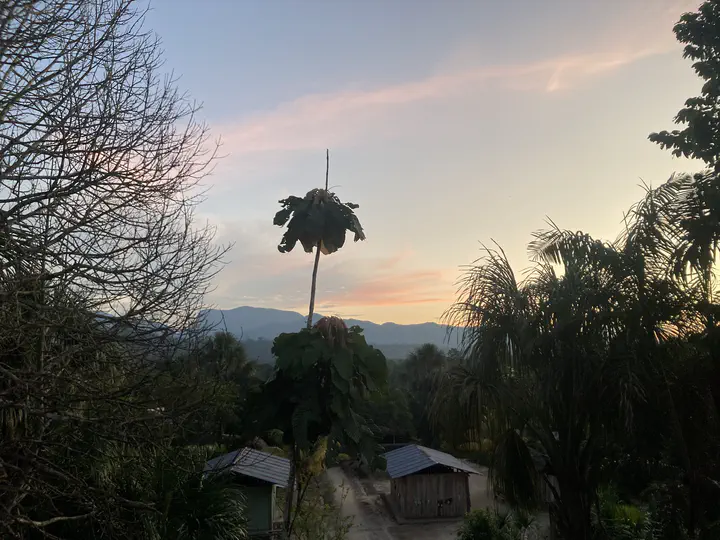Changing Determinants of Conservation Funding in South America

International conservation funding to low- and middle-income countries has increased significantly in recent years. However, understanding of the underlying factors driving the geographic distribution of such funding remains limited. This study aimed to identify the relative importance of five factors (i.e., conservation targets, threat levels, costs, Indigenous Peoples and local communities, and preexisting investment) that potentially influence conservation funding allocation at the subnational level in major deforestation regions of South America between 1987 and 2013. Overall, we found that funding was mainly allocated to remote areas with high species richness and carbon storage, while areas with high threat levels were often overlooked, especially until 2008. After 2008, international donors committed more funding to areas with high carbon storage, but not areas with high species richness, suggesting the prominence of climate-related concerns over biodiversity conservation. Although often advocated, we did not find evidence supporting Indigenous Peoples and local communities being important in explaining funding allocation. However, we identified a strong preference for the Amazon as a charismatic ecoregion. Our findings underscore the diverse and changing factors that drive conservation funding, highlighting the importance of subnational analyses in aligning international conservation funding with local conservation needs from the perspectives of different actors. We hope that our study will contribute to the ongoing conversation on diverse values in conservation and inform decision-making for future funding allocations.
See the full paper here: Siyu Qin, Marie Pratzer, Patrick Meyfroidt, Tobias Kuemmerle (2023). Changing determinants of international conservation funding committed to major deforestation regions in South America. Biological Conservation.